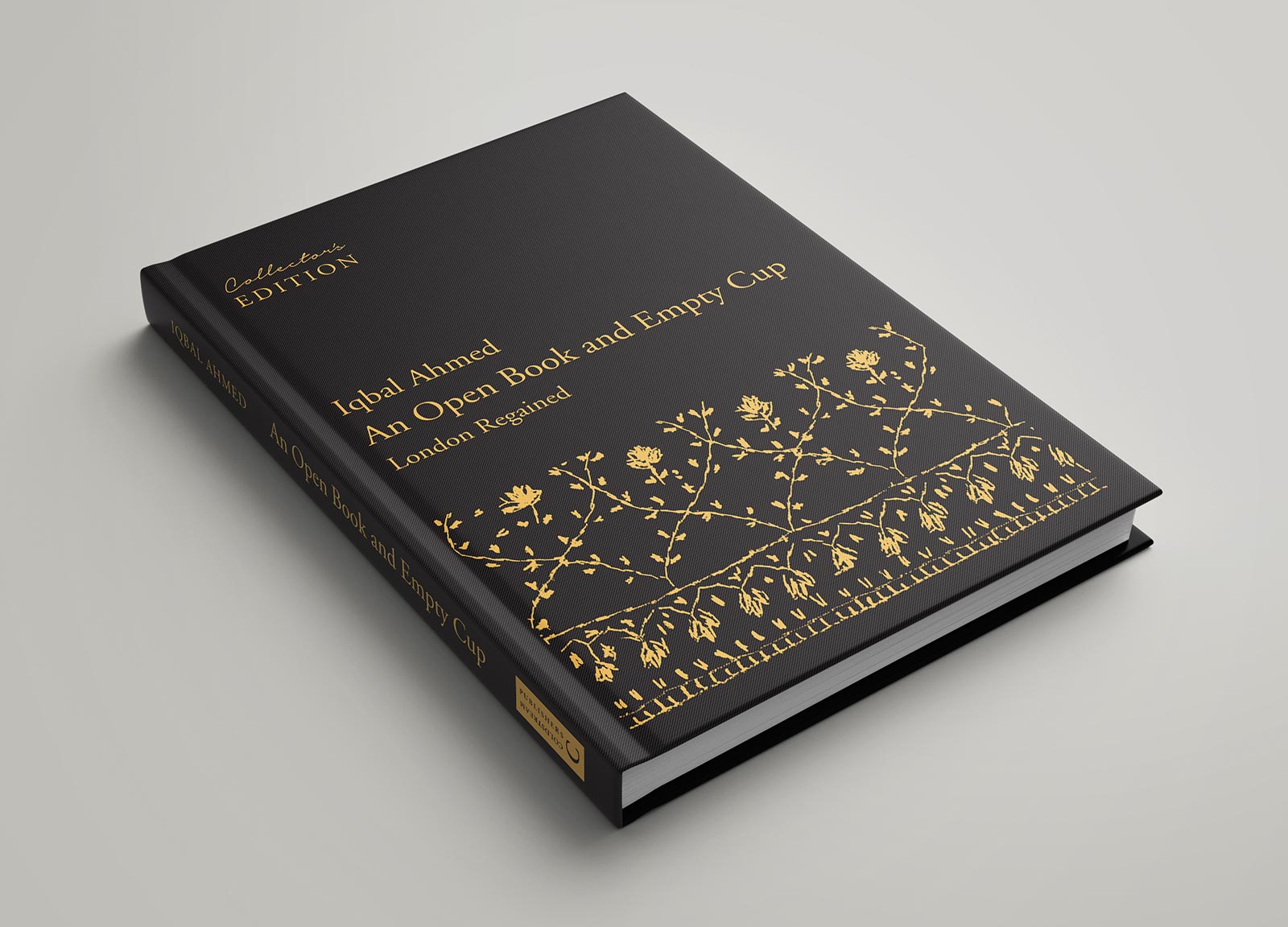

If your history includes photographs, they will need to be scanned and placed into your book. Your publisher will be able to suggest good paper to help meet your specific needs. Speckled papers look nice, but the paper fibers make text harder to read and give photos a murky, washed-out look. Slightly heavier or opaque papers are preferable for two-sided printing because they are harder to see through. Use a smooth-finished, acid-free white paper-especially if you are printing photos. Find out what they can do and decide what you are willing to pay for. Talk to both your publisher and your bindery. Other dimensions, however, can contribute some added character to your book. Standard 8.5” x 11” paper is usually the most cost-effective choice.

#Printlife photo book publisher free#
This can be done free at some web sites such as or Once your book is uploaded, it can be viewed online, downloaded or printed. Another option is to have your book printed as an e-book. This is ideal for publishing only a few books. There are some exceptions such as which charges a fee for each book published rather than an upfront fee. This is a technology that allows one book at a time to be printed from a computer file. Your publisher will be able to give estimates of both the cost and the time needed for either option.Īnother option is print-on-demand publishing. Electronic printing (such as a Xerox DocuTech) is the lower cost option for smaller quantities and generally provides the fastest turn-around time. Offset presses provide the best print quality, but unless you are printing a lot of books (500 or more), the cost will probably frighten you. Print on an offset printing press or electronically? The publisher will be able to tell you what they need to produce the best quality finished product. As soon as possible, decide who you are going to have print your history. A little bit of time spent at the beginning of your project can save hours and hours of frustration later on. STEP 1 Plan Your Finished Product and Talk To The Publisher

2.7 Photographs scanned by someone else.1.2 Print on an offset printing press or electronically?.1.1 Plan Your Finished Product and Talk To The Publisher.

There are important technical considerations you must be prepared to face or have someone else face for you. While printing a letter on your printer at home may be a relatively simple task, successfully printing a fully formatted family history (with table of contents, page numbers, chapter starts, headers, footers, photographs, etc.) on a publisher’s equipment can be a frustrating experience. Ironically, this last stage will either provide a glorious finish to years of work or stop you dead in your tracks. The layout of a family history is often not even considered until the very last. Both are viable options depending on your budget, computer equipment, computer experience, willingness to learn, and time commitment. To do this, you can either consult an experienced layout design professional, or turn into a designer yourself. After the history has been written, the next task is to make it actually look like a history. The first, obviously, is the lengthy research and writing stage. To pull together a family history, there are two major tasks to complete.


 0 kommentar(er)
0 kommentar(er)
